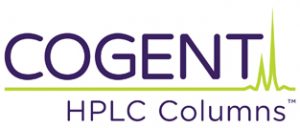Triethylamine or TEA is an organic base and hence is sometimes used in HPLC methods to adjust the mobile phase pH. Our research has indicated that TEA may be difficult to remove from columns once introduced therefore if TEA is to be used with a column, the column should be dedicated to methods with TEA and as long as the concentration of TEA does not exceed 0.1%.
Ammonium acetate can be a very useful additive for HPLC methods. However, it also is thought to adsorb to silica based stationary phase materials and therefore the column should thereafter be dedicated to methods using ammonium acetate.
CAUTION:
You should be sure not to exceed the pH limit of any silica based HPLC column because these materials become increasingly soluble at increasing pH (this can lead to voids).
NOTE 1: Our research has shown though that TEA can be used to obtain advantageous changes in chromatography in under certain conditions. Data has demonstrated improved peak shape and selectivity for simple sugars when using TEA with Cogent columns. This effect is thought to be due at least partly to an ion-pairing mechanism of the TEA on the surface of the material.
NOTE 2: With ammonium acetate, a near-neutral pH is obtained with this additive, so it is a popular choice for keeping most organic acids ionized, which is generally preferred for ANP methods. In addition, it is LC-MS compatible, in contrast to a near neutral pH phosphate buffer.


